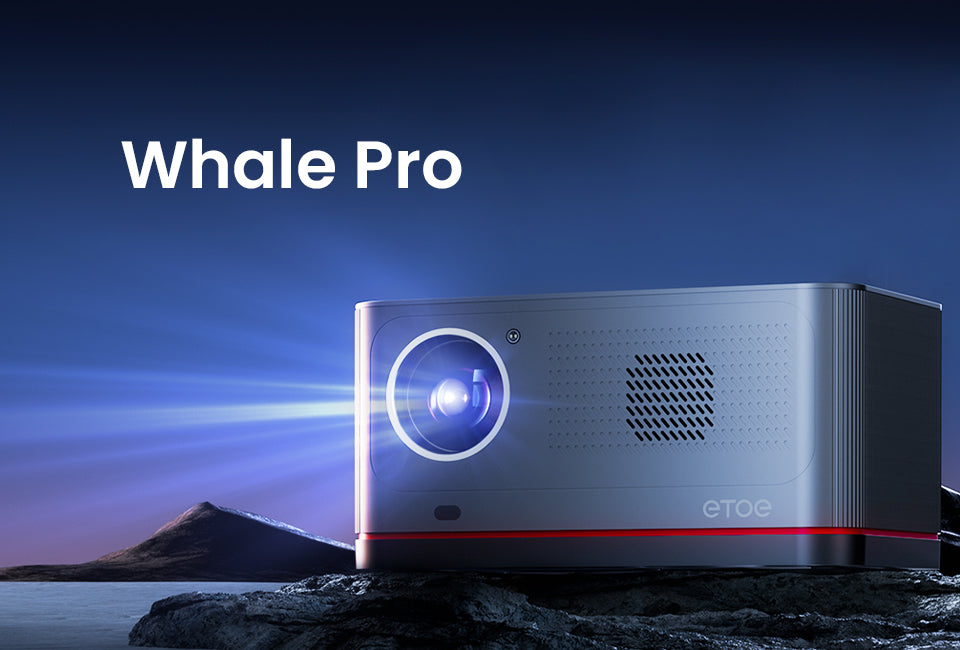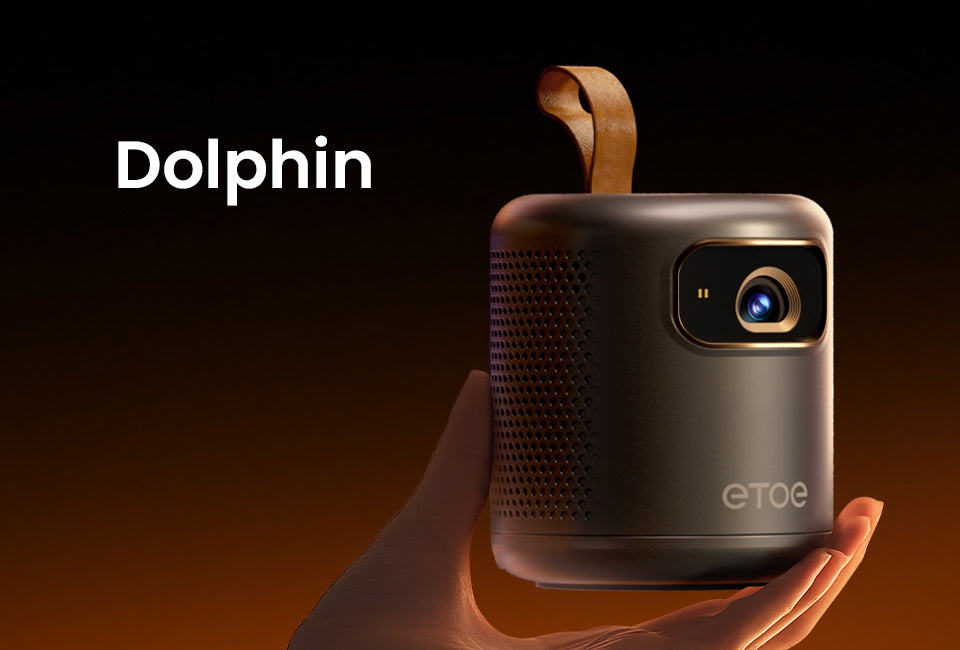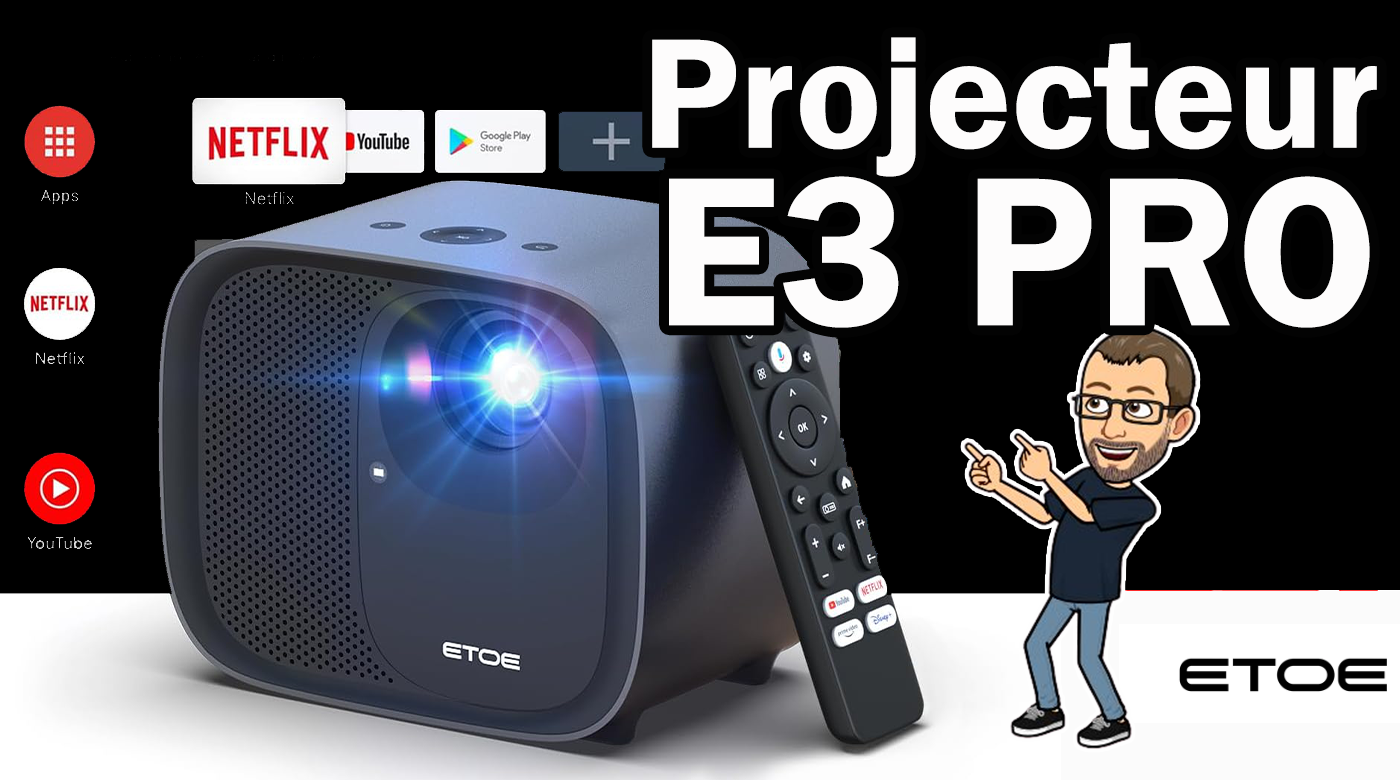Einleitung: Um das perfekte Heimkinoerlebnis zu schaffen, müssen zwei Schlüsselfaktoren sorgfältig berücksichtigt werden: Projektionsabstand und Bildschirmgröße. In diesem Blogbeitrag gehen wir näher darauf ein, wie wichtig es ist, Ihre spezifischen Anforderungen zu verstehen, den richtigen Projektor auszuwählen und die ideale Bildschirmgröße zu berechnen. Wir werden auch das Konzept der Trapezkorrektur und ihre Auswirkungen auf die Bildqualität untersuchen.
Projektionsabstand und Auswahl der Bildschirmgröße: Um mit Ihrem Heimkino-Abenteuer zu beginnen, ist es wichtig, dass Sie zunächst den gewünschten Projektionsabstand und den verfügbaren Platz in Ihrem Zuhause kennen. Im Gegensatz zu herkömmlichen Fernsehern bieten Projektoren ein beeindruckendes Kinoerlebnis. Für optimales Seherlebnis wird eine Bildschirmgröße von 100 bis 120 Zoll empfohlen. Die Flexibilität von Projektoren ermöglicht den Einsatz in verschiedenen Umgebungen und macht sie zu einer vielseitigen Wahl.

Berechnung des Projektionsabstands: Die Bestimmung des idealen Projektionsabstands ist der Schlüssel zum Erreichen des bestmöglichen Seherlebnisses. Er kann mit einer einfachen Formel berechnet werden: Projektionsabstand = Bildschirmbreite x Projektionsverhältnis. Bei einem 100-Zoll-Bildschirm und einem Projektionsverhältnis von 1,22:1 wäre der Projektionsabstand beispielsweise 2,64 m. Sie können das in diesem Artikel bereitgestellte Formeltool verwenden. Google Sheets-Dokument für schnelle Berechnungen.
Trapezkorrektur: In manchen Fällen kann es schwierig sein, den Projektor direkt vor der Leinwand zu positionieren, um ein perfekt zentriertes Bild zu erhalten. Hier kommt die Trapezkorrektur ins Spiel. Die meisten ETOE-Projektoren bieten eine Trapezkorrektur in 4 Richtungen und 4 Punkten. Außerdem ist jetzt auch fortschrittliche Lasertechnologie wie die Tof AUTO-Korrektur verfügbar, wie man sie beim Modell E3 Pro sieht.
Vorteile der Trapezkorrektur:
- Mithilfe der Trapezkorrektur können Sie ein klares Bild projizieren, auch wenn der Projektor nicht perfekt zentriert ist.
- Es ist eine praktische Lösung für zahlreiche Anzeigeumgebungen.
Nachteile der Trapezkorrektur:
- Die Trapezkorrektur wird durch Berechnungen erreicht, die die Klarheit des Bildes beeinflussen können.
- Um eine bessere Klarheit ohne Einbußen bei der Bildqualität zu erzielen, nutzen manche Projektoren die Lens-Shift-Funktion zur Bildanpassung. Diese Modelle sind jedoch tendenziell teurer (ab 500 US-Dollar) und verfügen möglicherweise nicht über Funktionen wie WLAN, Bluetooth und Content-Streaming, was sie für Unterhaltungszwecke weniger geeignet macht.
Fazit: Die Wahl des richtigen Projektionsabstands und der richtigen Bildschirmgröße ist entscheidend für ein erfüllendes Heimkinoerlebnis. Wenn Sie den Berechnungsprozess und die Rolle der Trapezkorrektur verstehen, können Sie beim Einrichten Ihres Heimkinos fundierte Entscheidungen treffen. Egal, ob Sie sich für einen herkömmlichen Projektor oder einen mit erweiterten Funktionen wie der Tof AUTO-Korrektur entscheiden, das Ziel besteht darin, einen Kinoraum zu schaffen, der Ihren individuellen Bedürfnissen und Vorlieben entspricht. Beginnen Sie also mit der Planung Ihres Heimkino-Setups und machen Sie sich bereit für packende Filmabende und Unterhaltung wie nie zuvor!






Hinterlasse einen Kommentar
Diese Website ist durch hCaptcha geschützt und es gelten die allgemeinen Geschäftsbedingungen und Datenschutzbestimmungen von hCaptcha.